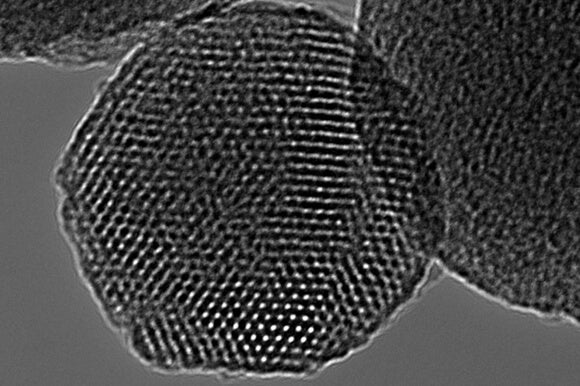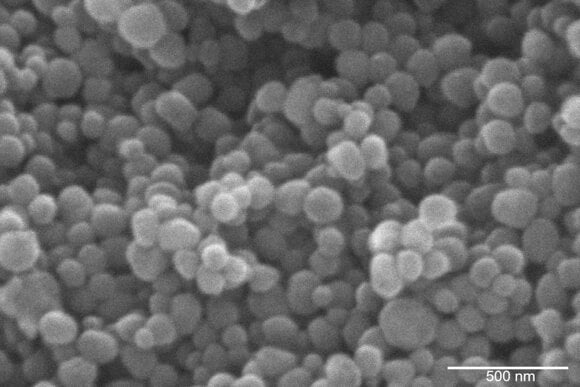Currently, we take the shotgun approach to treatments for diseases like cancer. The body is indiscriminately bombarded with drugs and radiation harmful to diseased and healthy cells alike. While we may not cure cancer right away, researchers are trying to develop new ways to more carefully image and destroy diseased cells.
In a recent journal article, scientists at Rice University and the Methodist Hospital Research Institute said experimental nanoparticles impregnated with iron oxide may improve MRI imaging techniques and even be used to treat diseased tissue.

The iron oxide allows researchers to magnetically move the nanoparticles to desired locations and hold them there. Further, when embedded in the larger nanoparticles, the imaging efficacy of iron oxide—already used as an MRI contrast agent—proved to be 10 times better with a lower dose of iron than traditional contrast agents.
Beyond manipulation and imaging, such particles may also be used therapeutically. Once in place, for example, the iron-infused nanoparticles can be heated to destroy target cells. Also, each particle can carry drugs in pores situated throughout its surface. Once guided to a specific area, it can be induced to release a drug—sparing as many healthy cells as possible while destroying diseased tissue.
What happens to the nanoparticles after they’ve served their purpose? According to the researchers, they should fully degrade and exit the body within a few days.
Read more at Science Daily: Nanoscale composites improve MRI: Magnetic particles merged to detect, fight disease
[Image Credit: Dr. Victor Lin group/Iowa State University/Wikimedia Commons (banner and body)]




